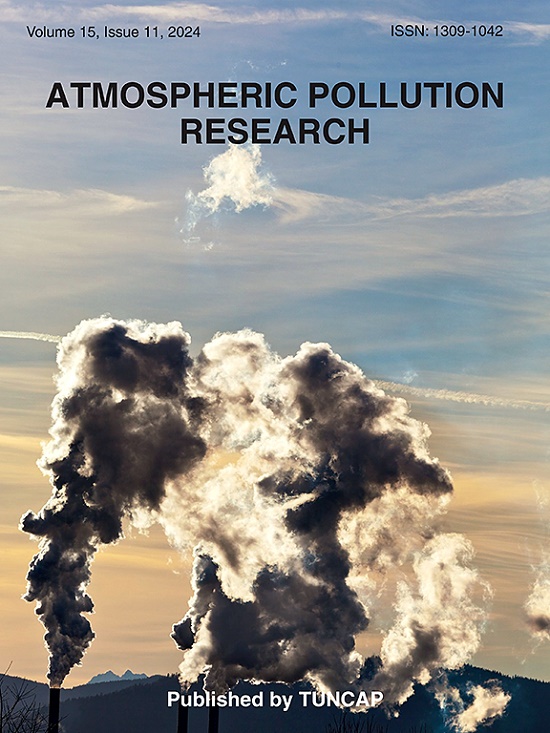Study on the performance of a composite dust suppressant in open-pit mines
IF 3.9
3区 环境科学与生态学
Q2 ENVIRONMENTAL SCIENCES
引用次数: 0
Abstract
Currently available chemical dust suppressants (DSs) still have only one single function, are expensive, and generate secondary pollution and other problems. In this study, xanthan gum (XG), rhamnolipid (RL), glycerol (GL) and magnesium chloride (MgCl2) were combined to develop a composite DS that is highly efficient and suitable for transportation roads in open-pit mines. This study used response surface testing to optimize the proportions of the reagents in the DS, conducted experiments such as simulated dust reduction to study its performance, and analyzed its economic and environmental benefits. The optimal ratios were found to be 0.15%, 0.15%, 3.2% and 2.8% for XG, RL, GL and MgCl2, respectively. The dust samples’ viscosity, pH, and evaporation resistance could reach 81.98 mPa s, 6.48 and 5.20%, respectively. Compared to water, DS-treated dust samples were 5% more hygroscopic, 30% more resistant to wind erosion, and twice as resistant to compression. The dust reduction efficiency (DRE) for total and respiratory dust increased to 91.38% and 81.22%, respectively. Scanning electron microscope (SEM) experiments showed that the addition of the DS allowed small particles to gradually coalesce and adsorb onto the surface of larger particles, which had a good cohesive solidification effect and improved the dust suppression effect. The results of the benefit analysis showed that the DS could save CNY 6,390 per month and was environmentally friendly.
求助全文
约1分钟内获得全文
求助全文
来源期刊

Atmospheric Pollution Research
ENVIRONMENTAL SCIENCES-
CiteScore
8.30
自引率
6.70%
发文量
256
审稿时长
36 days
期刊介绍:
Atmospheric Pollution Research (APR) is an international journal designed for the publication of articles on air pollution. Papers should present novel experimental results, theory and modeling of air pollution on local, regional, or global scales. Areas covered are research on inorganic, organic, and persistent organic air pollutants, air quality monitoring, air quality management, atmospheric dispersion and transport, air-surface (soil, water, and vegetation) exchange of pollutants, dry and wet deposition, indoor air quality, exposure assessment, health effects, satellite measurements, natural emissions, atmospheric chemistry, greenhouse gases, and effects on climate change.
 求助内容:
求助内容: 应助结果提醒方式:
应助结果提醒方式:


